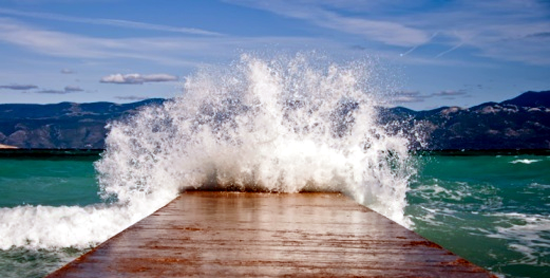Apr 20, 2024
Apr 20, 2024

16-Jan-2011
More by : V. K. Joshi (Bijji)

|
Thanks Uddipan. Actually science is generally communicated to the society by the scientists. But they are used to write for the scientists and not the common man. My objective is to carry such facts to the common man. Am glad that you liked it. |

|
Superb article. On a topic which we have a relatively low conceptual clarity, and rather confusing literature exist. regards Uddipan |